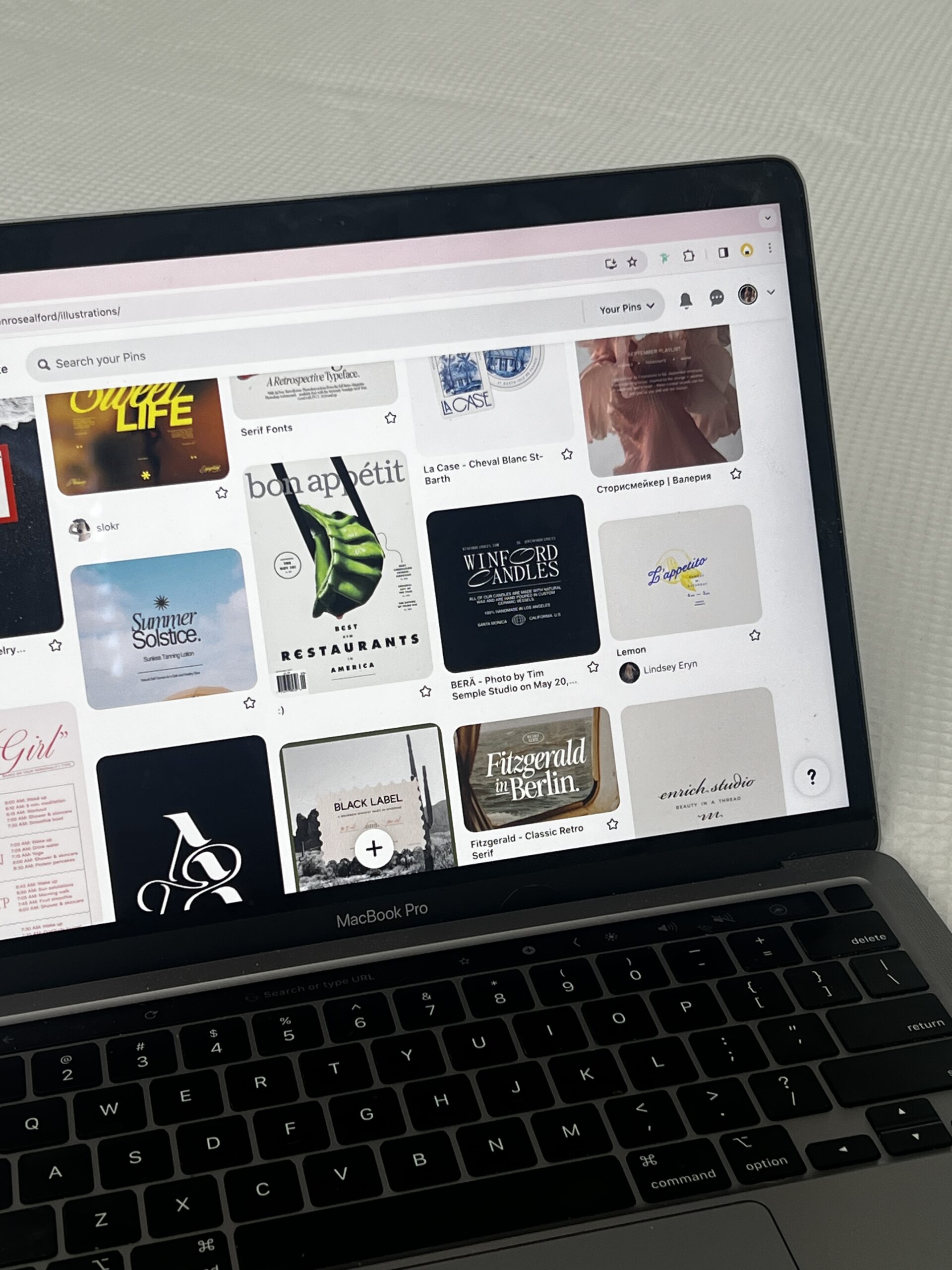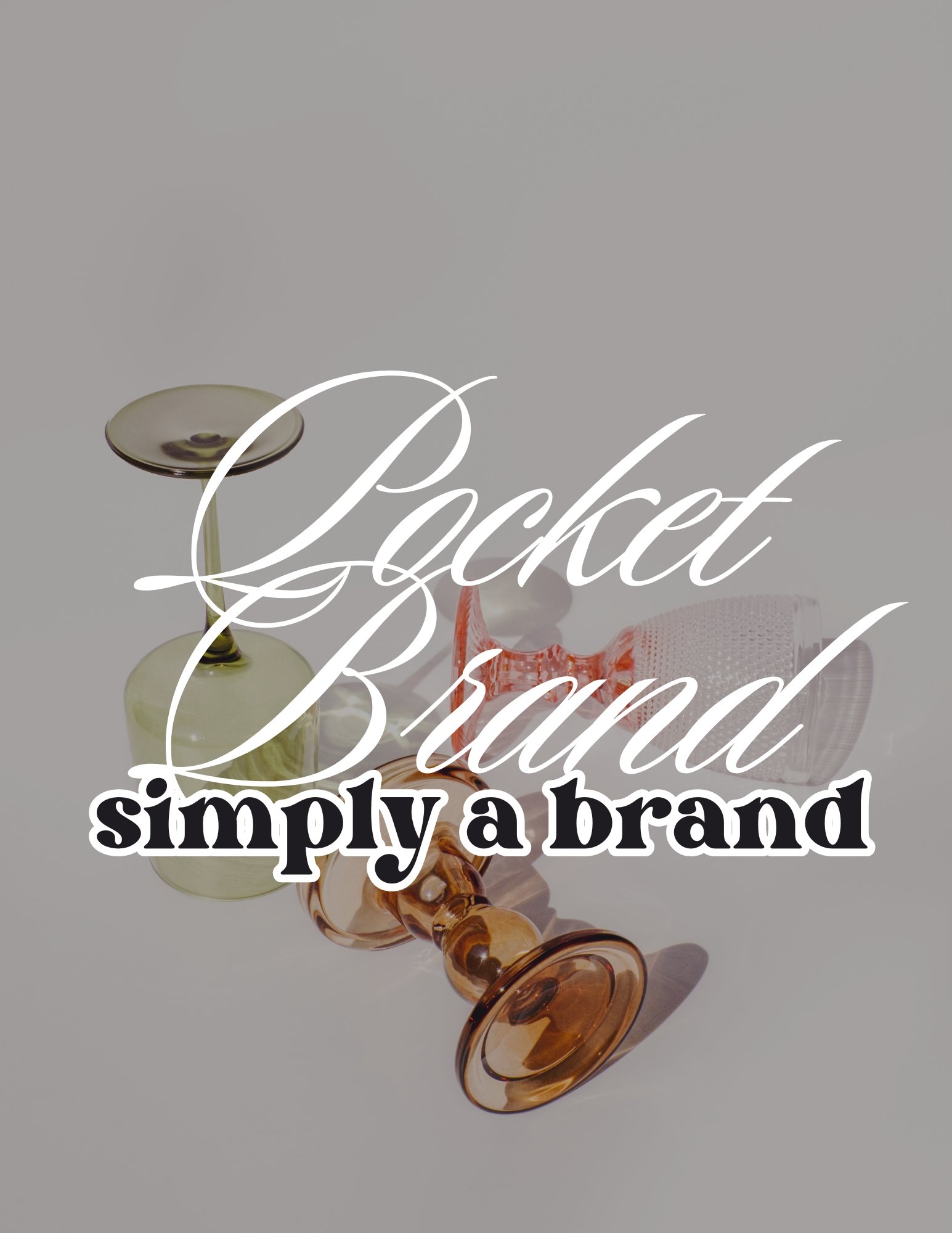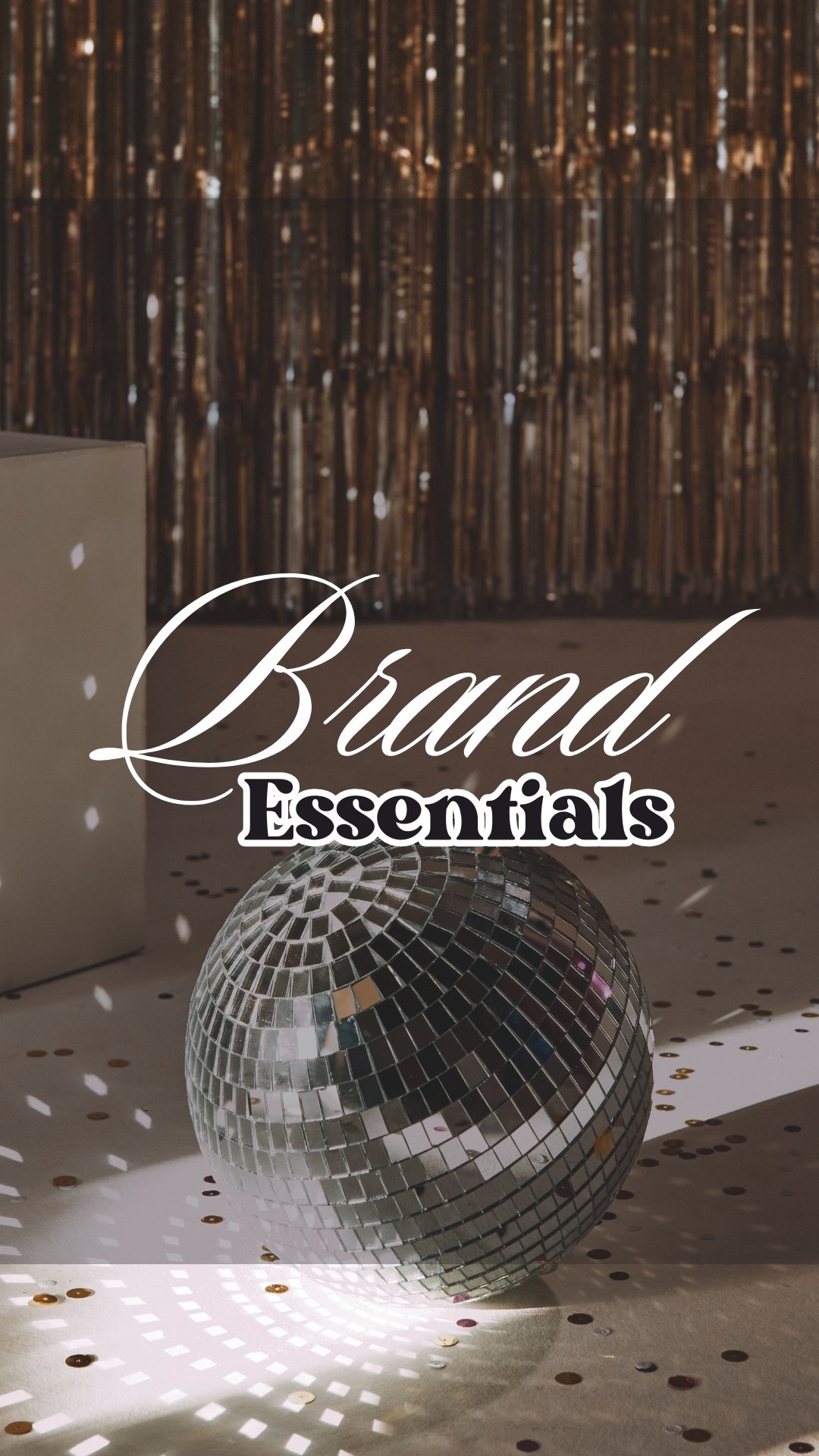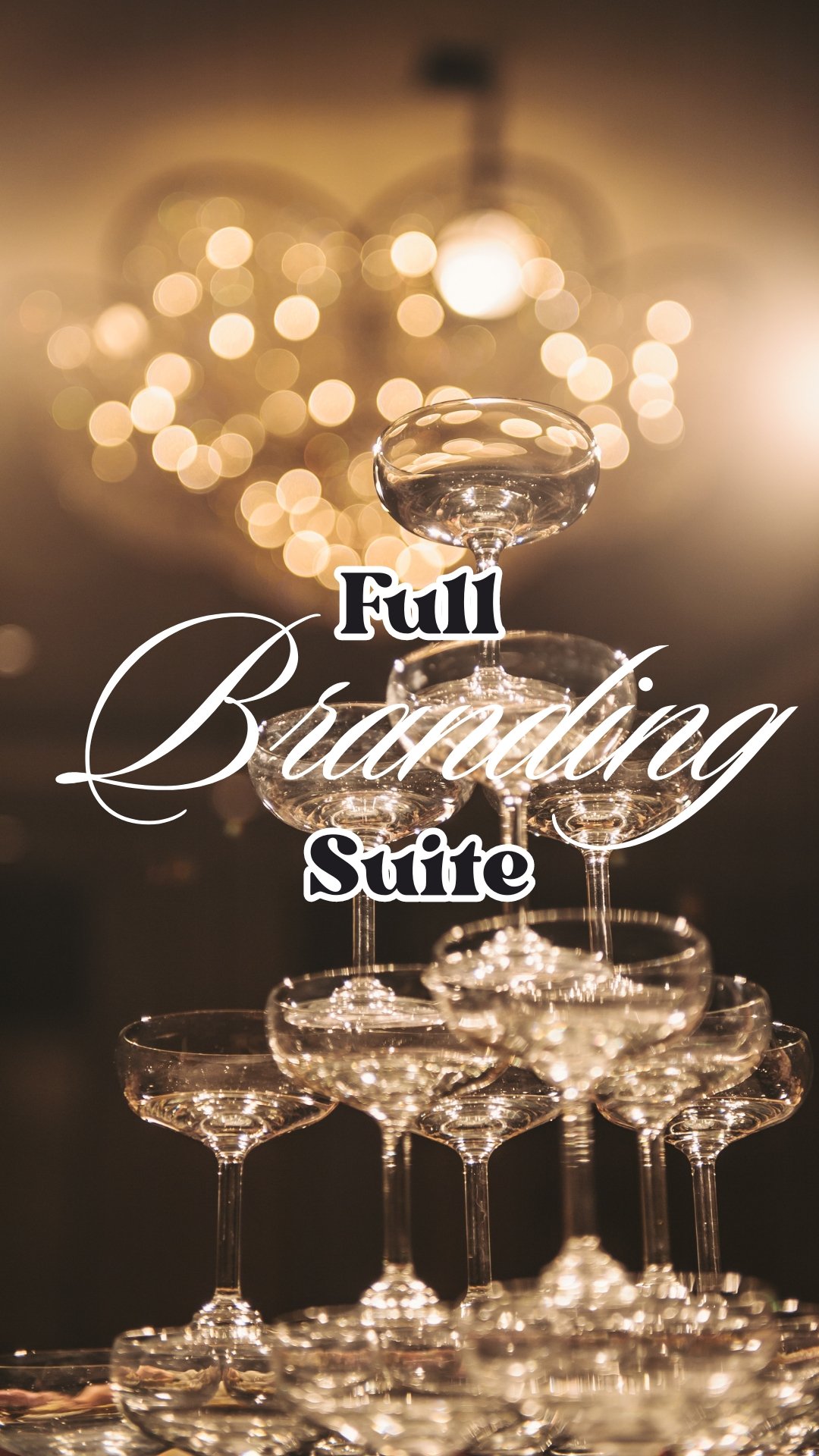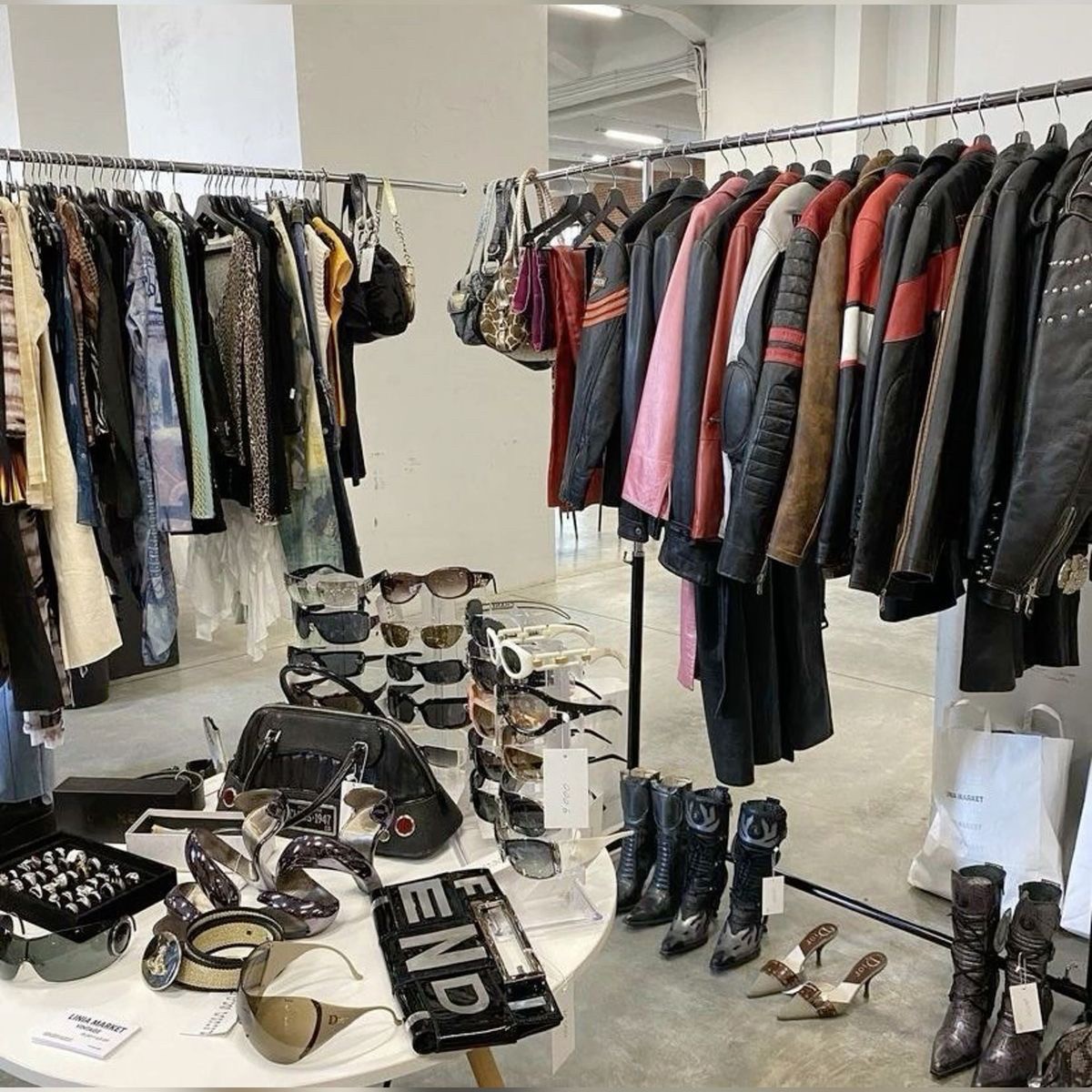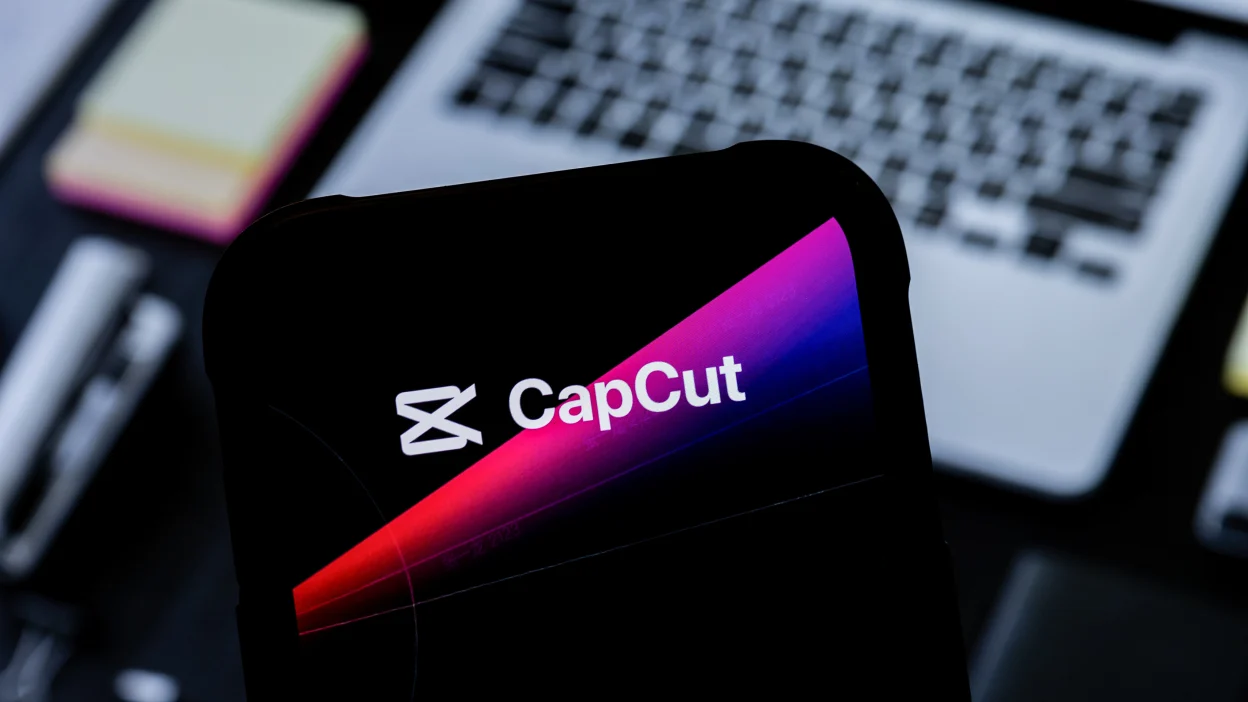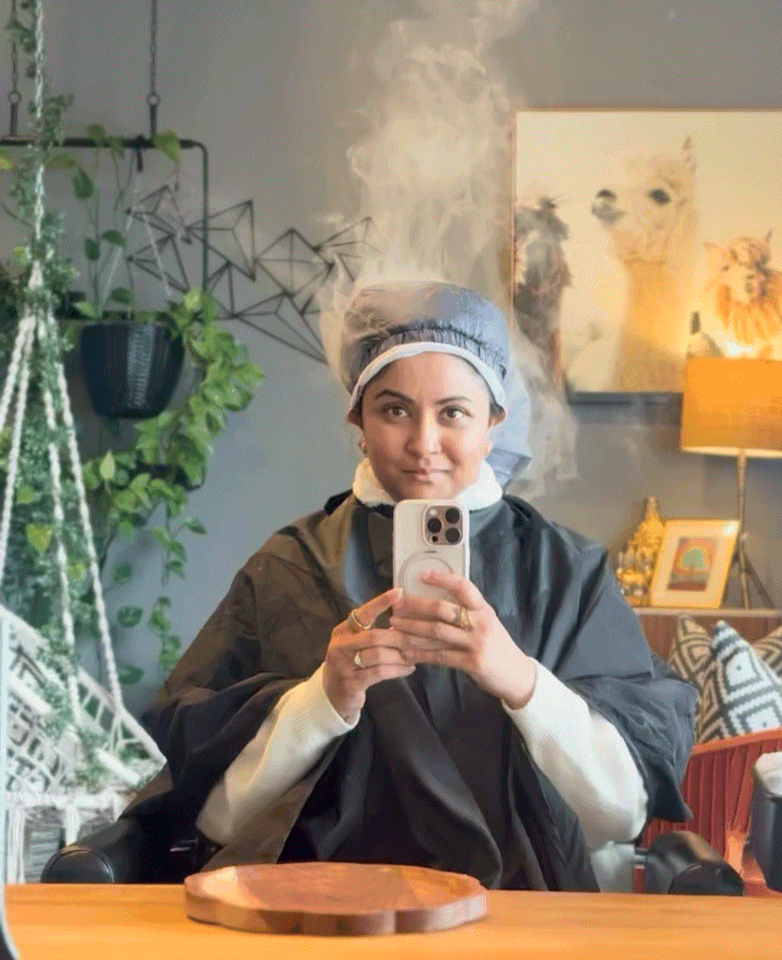Fonts play a big role in how people feel about designs. Font psychology is about using fonts to make people feel certain emotions.
Since the beginning of time, designers have been using bold typefaces to establish the mood and personality of their work. Nevertheless, until very recently, the influence of typeface psychology on how consumers perceive brands and names was not fully acknowledged. A corporation can convey a friendly, trustworthy, or even aspirational atmosphere through the use of emotional typefaces, and that may be in hand-drawn or rounded fonts. As a result, designers frequently use emotive fonts to speak to brand identities with a profound psychological impact.
Font psychology is the study of how typography can affect the mind, influencing decision-making and emotional cues.
Understanding the psychology of typefaces can benefit the design process as a whole, as well as logos and branding. By selecting powerful psychological fonts, you can impact others’ responses to your work.
Typography is the art and skill of arranging type in a way that makes written language easy to read and look good when it is presented. Typefaces, which are groups of letters, are a part of printing. It’s possible for a typeface to have more than one font that all meet the rules that define that typeface.
Fonts are visual elements that are used to tell the person something or show them a message. Fonts, like all visual information, have a secret message that changes how the reader sees the text, no matter what the text says.
There are different weights, widths, and types of letters in each font. However, some fonts have these qualities in common, which is why they are grouped together to form a typeface, or family of fonts that are alike. Let’s understand them:
The Serif Font
Subcategories: Old Style, Slab, Transitional, Modern, Glyphic
A lot of people think of books and other real media when they see serif font styles. The stylish “serifs” that give this font style its name are what make it so popular. It’s a classic typeface that has been used for years in formal settings and academic groups because it looks classy and conservative.
Which adjectives typically describe serif fonts?
-
Traditional
-
Respectable
-
Reliable
-
Elegant
-
Sophisticated
Some of the example fonts include Times New Roman, Garamond, Georgia, and Palantino.
The Sans-serif Font
Subcategories: Square, Humanist, Grotesque, Geometric
There are no “serifs” in sans-serif fonts, but there are in serif fonts. Because the letters take up less room, sans-serif fonts can be used effectively on modern devices. In addition, these styles are clean and simple, which works best for businesses with clear goals and little extraneous information.
What typically describes sans-serif fonts?
-
Clean-looking
-
Clarity
-
Modern
-
Efficient
-
Straightforwardness
Some examples of sans-serif fonts are Arial, Helvetica, Futura, and Calibri.
The Script Font
Subcategories: Formal, Casual, Blackletter, Calligraphic
Types of fonts that are script are more casual and artistic. Because they are hard to read, they’re not usually good for body text, but their unique shape makes them great for showing messages. People also think that script fonts are personal and elegant because the way they look in general encourages a committed approach and familiarity. Because these fonts are more like handwriting art, you can choose from a huge number of unique fonts.
What typically describes script fonts?
-
Elegance
-
Creativity
-
Uniqueness
-
Personal
-
Emotional
Some examples of script fonts include Alex Brush, Pacifico, Lobster, and Tangerine.
The Handwritten Font
How about your signature, the way you wrote your name? These fonts are casual like your neighbour coming over for a drink. There are no complications—just human connection.
What typically describes script fonts?
-
Fun
-
Casual
-
Uniqueness
-
Personal
-
Emotional
-
Connection
-
Artistic
Some examples of script fonts include Brittany, Architects Daughter, Journal, and Shadows into the Light.
The Decorative & Novelty Font
Most of the time, decorative fonts are made just for promoting. In light of this, this font style does not have an official classification like some of the others. Usually, decorative fonts mix parts of well-known typefaces in creative ways to make a new font that works well for a certain purpose. If your brand really wants to stand out from the rest, this font family might be a good choice because it is original and has its own style.
Typical characteristics of a decorative font:
-
Casual
-
Creative
-
Original
-
Flexible
-
Urban
Some examples of decorative fonts: Phosphate, Chalkduster, Graffiti, Grunge, and Stencil.
So how do you use Psychology?
Here’s how you can use it:
-
Serif Fonts: These fonts feel traditional and trustworthy. They’re great for making brands seem established and reliable, like universities and banks.
-
Slab Serifs: These fonts are bold and powerful, making brands appear strong and enduring. They’re often used by electronics and car companies.
-
Sans Serifs: These fonts are friendly and modern, perfect for brands that want to seem approachable and forward-thinking. They’re popular with tech companies like Nike and Apple.
-
Modern Sans Serifs: These fonts are chic and elegant, often used by design-focused businesses and fashion brands. They give off a futuristic vibe.
-
Scripts: These fonts are creative and fun, evoking a sense of romance and youthfulness. They’re great for brands that want to seem playful and unique.
-
Display Fonts: These fonts are unique and eye-catching, perfect for logos and headlines. They make brands stand out and feel different.
By choosing the right font, you can make people feel a certain way about your brand or design, helping you create a strong emotional connection with your audience.
You might find that you’re drawn to a specific type of font or even one font in particular. Look closer at how this attraction affects your decisions regarding consumerism, action, and communication.
Here’s how I can help?
Find out about this simple solution.
Let’s up your game and socials.
Take your brand to the next level.
